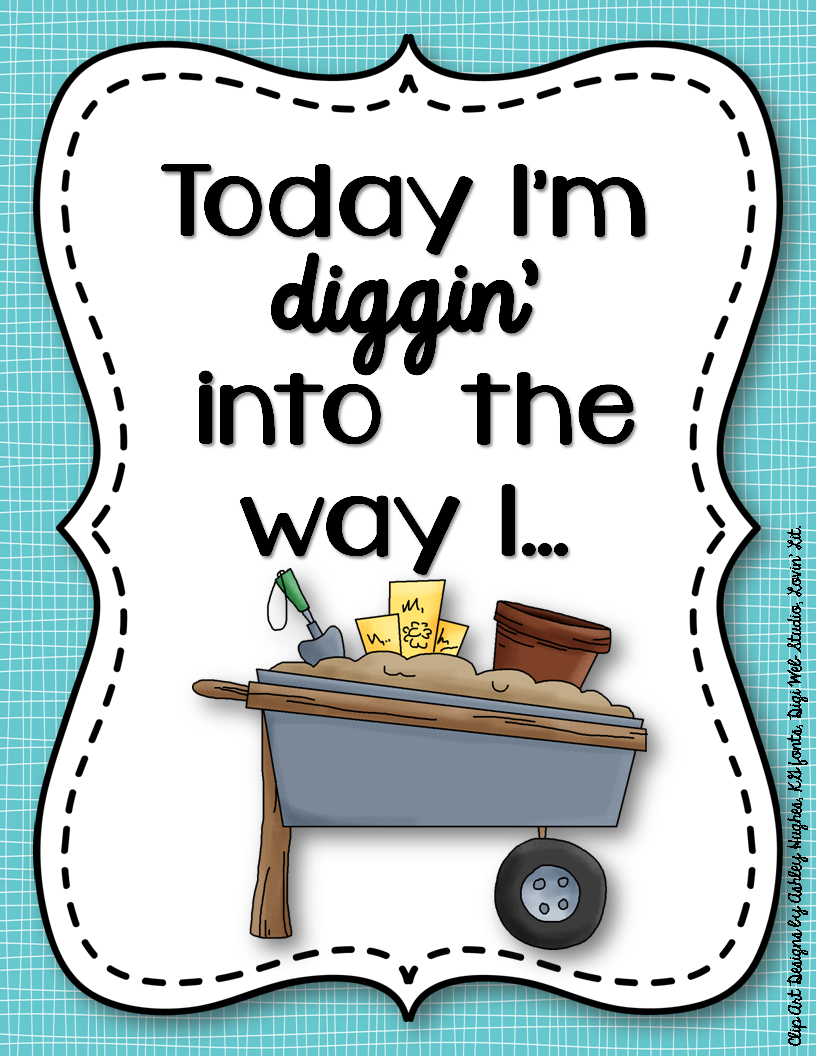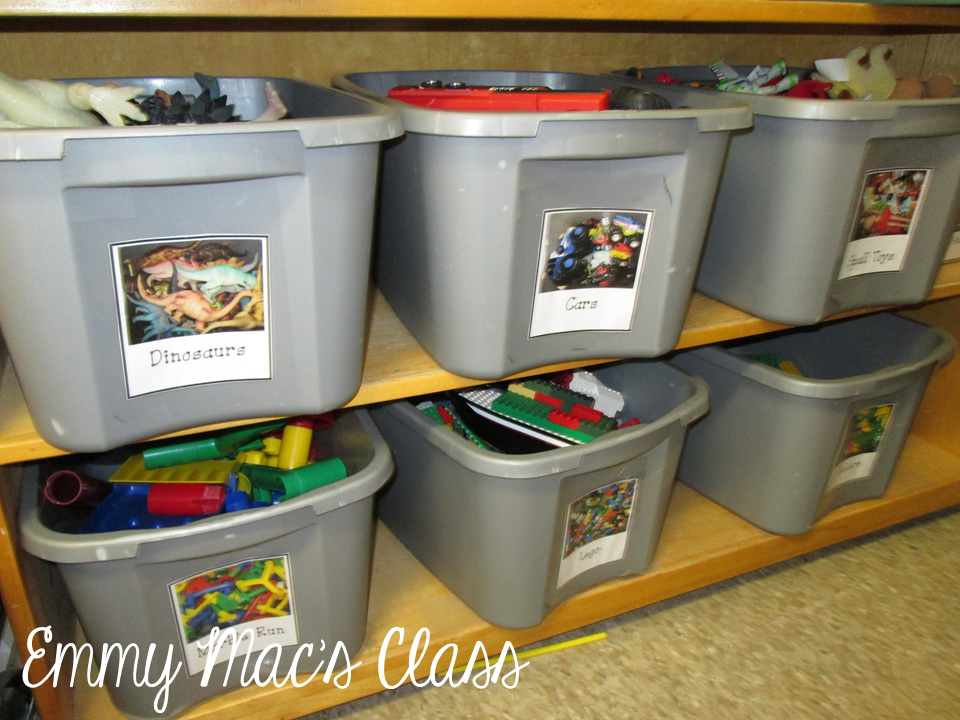I'm linking up again this week with Laura from Where the Magic Happens. I was blown away by the number of people who visited my blog last week. Thank you so much.
Today I'm diggin' into the way I organize my math block. My last post was about how I organize my classroom, and I admitted that I wasn't very organized, especially my desk. I have to say though my math block is very organized.
Whole Class Instruction
Everyday we start our math block with a whole class lesson. Usually 5 to 10 minutes. I try to make this quick so the students aren't sitting on the carpet too long.
Depending on the task for the day this lesson maybe a variety of different things:
- a mini lesson
- a game (my students love playing games with flash cards)
- an introduction to the math centres
- an introduction to a problem
Centres
Throughout the week I will have a variety of centres. My school board is moving towards recursive instruction. Instead of teaching full units, like patterning and then not touching it for the rest of the year, we continue to give the students opportunities to practice the skills throughout the year.
Therefore, I will have one or two centres were students will practice a new topic, i.e. time. In the remaining centres students will revisit different topics, i.e. geometry, sorting and graphing, and money.
Problem Solving
Twice a week, I do a three part lesson:
I was involved with a program within my school board called CIL-M (Collaborative Inquiry in Learning in Mathematics). We worked with a variety of teachers from around our board, consultants, and principals to create open ended problems to try in our classroom.
Part 1: A mini lesson to set up the problem (5 min)
Part 2: Time to solve the problem (20-30 min)
Part 3: Reflect and Connect - students share the strategies they used to solve the problem and the other students give feedback.
I was involved with a program within my school board called CIL-M (Collaborative Inquiry in Learning in Mathematics). We worked with a variety of teachers from around our board, consultants, and principals to create open ended problems to try in our classroom.
This was an eye opening experience for me. The right problem can reach all students. The wrong problem can be a disaster. :)
I plan to make two changes next year.
- I want to integrate technology into my centre time. I have created a time QR code game that my students absolutely loved. So I plan to make more. It allows them instant feedback to see if they are right or not.
- GUIDED MATH, I am part of a book study this summer called "Guided Math" by Laney Sammons. It is an amazingly easy read.
Here are some products that are multi-strand math centres. Click on the pictures to see the item in my store.
These activities are great for centres.
I absolutely love these problem solving posters.
Thank you so much for stopping by! Don't forget to hop back over to Laura's Blog to continue through all of the posts.


















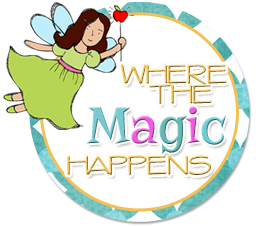
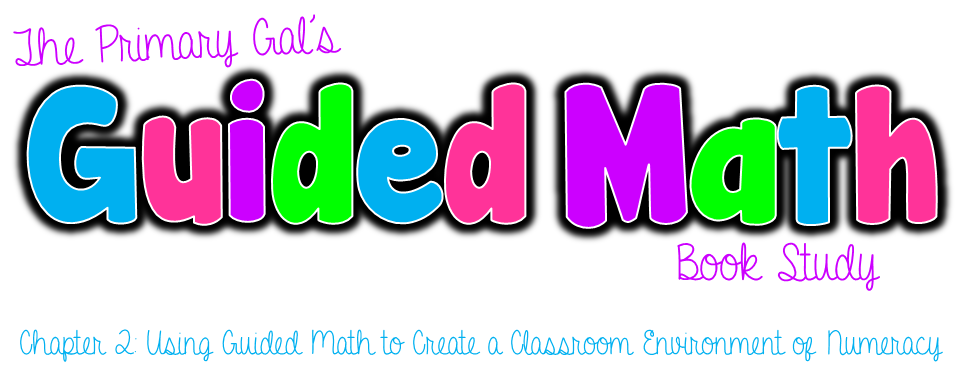










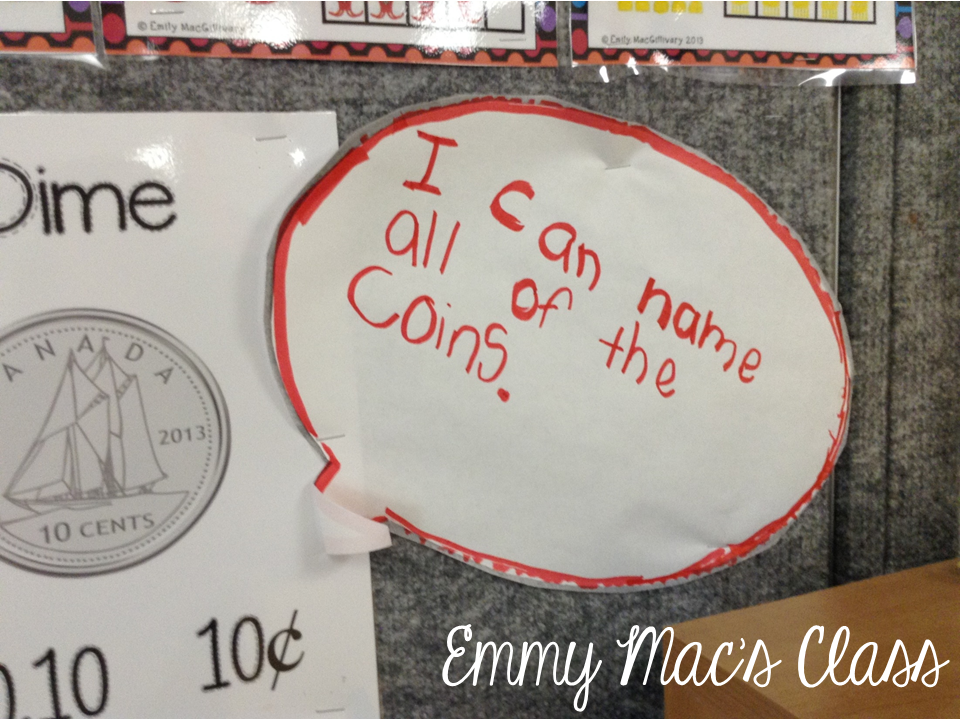















.jpg)



